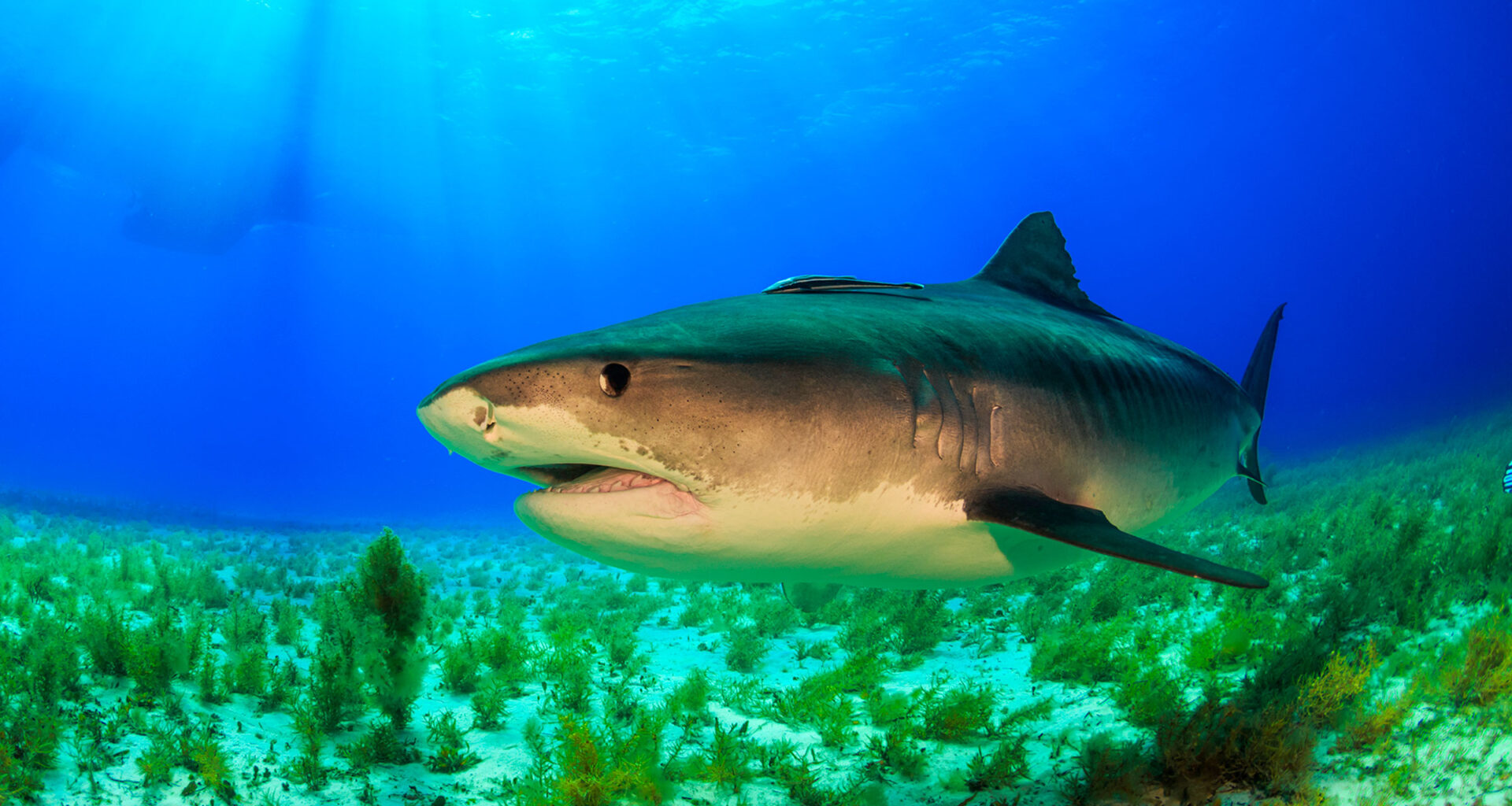It’s worth noting, however, that even definitions of problem bears can differ. One 2020 study found that people in Alberta sometimes disagree about what constitutes a problem bear, or how one should manage such an individual. In the United States, debates have sometimes raged over whether or not a wild bear that has killed someone ought to be killed.
Yet when I reached out to a range of marine scientists to get their opinion on Clua’s ideas, some rejected the concept of problem sharks outright. One refused to read Clua’s latest papers, saying they did not believe in problem sharks before adding, “I am not interested in that.”
Clua is aware that his approach is divisive: “I have many colleagues—experts—that are against the work I’m doing.” A 2022 story in The New York Times covering some of Clua’s earlier research delved into the divide. The biggest pushback is from scientists who say there is no concrete evidence for the idea that there are extra dangerous, human-biting sharks roaming the seas. And merely talking about problem sharks, they say, could perpetuate the idea that some sharks are hungry, human-eating monsters like the beast from the wildly unscientific movie Jaws.
Clua says the monster from Jaws and his definition of a problem shark are completely different. A problem shark is not savage or extreme; it’s just a shark that learned at some point that humans are among the things that it might prey on. Environmental factors, as well as personality, might precipitate or exacerbate such behavior. Despite dismissals from some peers, Clua says two of his recently published papers contain results that support his hypothesis.
Besides the tiger shark that struck off St. Martin and St. Kitts and Nevis, Clua’s 2024 study also detailed the case of another tiger shark involved in multiple bites in Costa Rica. A third case focused on an oceanic whitetip shark in Egypt that killed a female swimmer by biting off her right leg. The same shark later attempted to bite the shoulder of one of Clua’s colleagues during a dive.
Toby Daly-Engel, a shark expert at the Florida Institute of Technology, says the genetic analysis connecting the same tiger shark to two bite victims in the Caribbean is robust. However, she says such behavior must be rare, and she strongly criticizes the idea that sharks are biting people with any intentionality. “They’re just opportunistic. I mean, these things eat tires.”
Diego Biston Vaz, who curates fishes at the Natural History Museum in London, England, also praises Clua’s work, calling it “really forensic.” Though he, too, emphasizes it should not be taken as an excuse to demonize sharks. “They’re not villains; they’re just trying to survive,” he says.
Chapuis adds that the small number of animals involved in Clua’s recent studies mean the research does not prove beyond doubt that problem sharks are real. Plus, while some sharks might learn to bite humans and treat them as prey, she questions whether they would continue to do so long term. Biting people, Chapuis says, is not likely to reward sharks. People tend to defend themselves well and, given there are only a few dozen unprovoked shark bites recorded around the world each year, she says there just isn’t the data to support the idea that even the boldest sharks are actually benefitting from biting people.
Plus, Clua’s plan—to capture so-called problem sharks and force them to meet justice—is unrealistic, says David Shiffman, a marine conservation biologist based in Washington, D.C. Even if scientists can prove beyond a shadow of a doubt that a few specific sharks are responsible for a string of incidents—“which I do not believe he’s done,” Shiffman adds—Shiffman believes that actually finding those sharks is not viable.
Daly-Engel agrees that there are complicating factors that would make tracking down and catching a culprit shark difficult. Unlike stereotypical human serial killers, who often return to the scene of their crime, for instance, Daly-Engel says sharks typically swim far away from a feeding site once they’ve eaten.
Any money and resources used to track down problem sharks would be better spent on preventative measures such as lifeguards, who could spot sharks approaching a busy beach, says conservation biologist Catherine Macdonald from the University of Miami in Florida. While identifying and removing a problem shark is better than culling large numbers of the animals, she urges people to answer harder questions about coexisting with predators. “For people who don’t want to risk interacting with sharks, I have great news,” she says: “Swimming pools exist.”
Clua, for his part, intends to carry on with his research. Currently, he’s working with colleagues on St. Martin to swab shark bite wounds when they occur, and to track down potential problem sharks.
When I ask Clua whether he has ever experienced a dangerous encounter with a large shark himself, he says that over his 58 years of diving it has happened, but only once. He was spearfishing off New Caledonia. Poised underwater, waiting for a fish to appear, he turned his head. “And there was a bull shark coming [toward] my back,” Clua says.
Right then, he got the feeling that he was about to become prey. But there was no violence. Clua looked at the bull shark as it turned and swam away.

